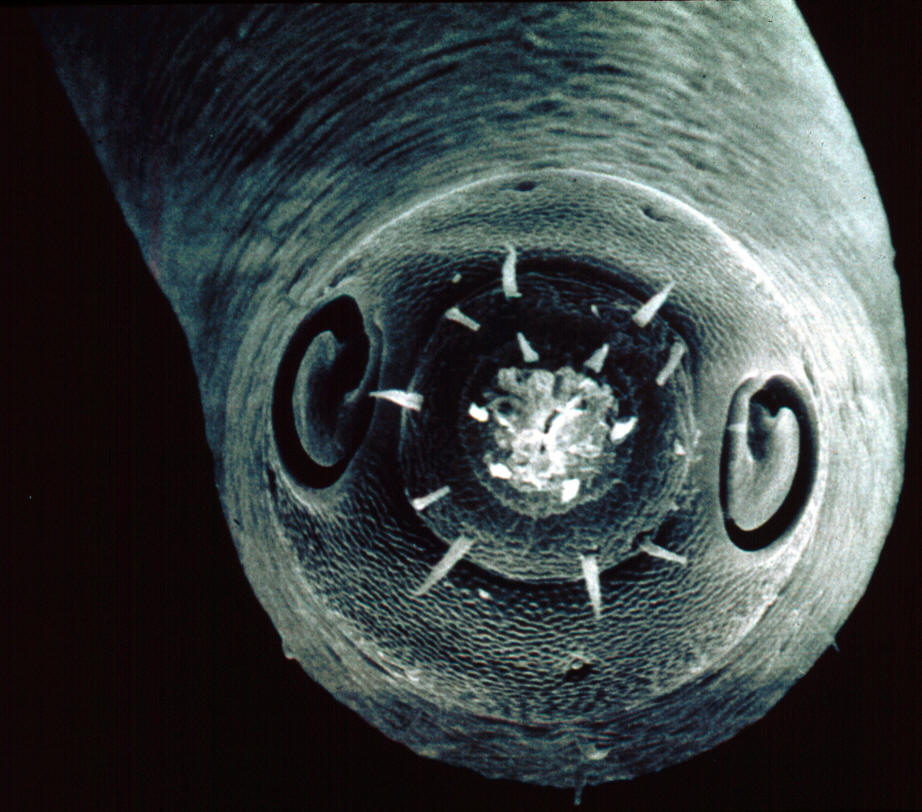Interactions with other Species
Mesodon andrewsae plays a typical snail-like role in its habitat on the eastern region of the United States. It has many predators and does not have much defense besides its shell. Generally, snails are slow organisms that can defend itself by retracting back into its shell and closing the opening with its operculum. Snail predators are usually insects, small mammals and birds (Dourson 2010). The absence (ie. by local extinction) of the snail would affect these animals so that they would not be able to flourish as well. Snails also play host to nematodes (as many organisms do). Many members of the genus, Mesodon, play a role as intermediate hosts for nematodes. These pathogenic snails spread the parasites to vertebrates within their regions (Grewal et al. 2003). The snails play an important role for these nematodes because it is necessary for their reproductive life cycles.
The snails are beneficial to predators for dietary reasons mostly. The nutrition birds get from snails besides having a full stomach is getting a source of calcium from ingesting snail shells. The makeup of the snail shell is from inhabiting regions of soil saturated with calcium. Birds can strengthen their own egg shells from ingesting the Balsam Globe's shell, or any surrounding snail inhabitants (Dourson 2010).
The Polygyridae family snails are known to be omnivorous and feeders of inorganic material. They will feed on carcasses, snail eggs, microfungi in leaf litters and even other snails (Auffenberg 1989). This shows that snails are on the lower end of the food chain, thus they serve as an important factor for the animals higher up in the chain. Since snails feed on inorganic material, like soil and rocks, they can be indicative of soil pollutions with the potential of harming the environment (carnegiemnh.org 2012). This is important for humans as this is one way to determine what contaminants are affecting a region by performing tests on snails that inhabit the area.

